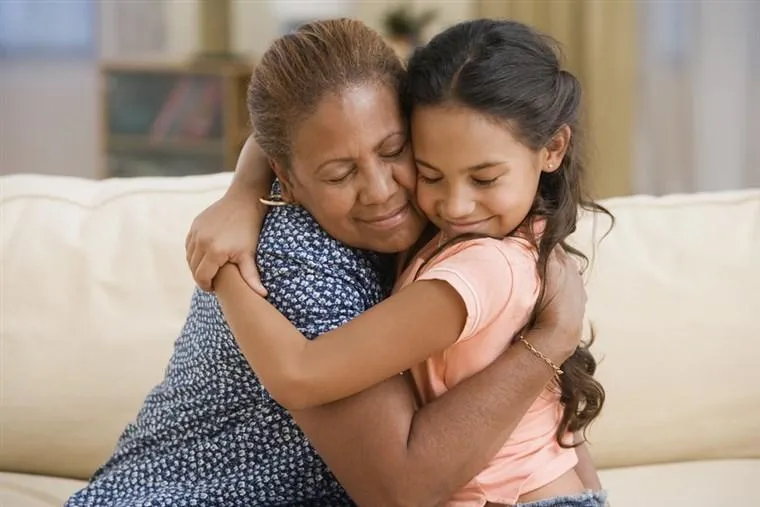
Why Should Educators Learn to Break-through Challenges with Resilience
"Show me someone who has done something worthwhile, and I’ll show you someone who has overcome adversity."
Lou Holtz
The Gen Z generation has grown up in an education system that was designed to get them through curriculum as quickly as possible. “Don’t touch anyone.” “Sit still and listen.” “Just turn it in and you will get points so you will pass.” These comments are heard frequently in schools everyday. Teachers are at the mercy of the system and must strictly focus on curriculum. There is little to no time to find out what students need and really listen to what they have to say about their experiences, especially if they are experiencing challenges. Students who are not able to reflect on present moment challenges and practice resolutions, have more challenges dealing with these problems later on. Educators want to have more time to connect with students through their challenges.
The system has forgotten (or never realized) that challenges are normal and not getting “it” right is how we deeply learn. If a student is having a problem with another student, this is the time for them to learn how to work it out. If a student doesn’t feel like sitting, it is the time to help them become aware of why this is so and not make it wrong. If a student is not turning in assignments, and we keep telling them to turn it in, they never understand what is really causing them not to turn it in and come up with their own solutions. Our young people have had little to no time to practice and build resilience so they are empowered to take their next move on their own.
“Resilience depends on supportive, responsive relationships and mastering a set of capabilities that can help us respond and adapt to adversity in healthy ways,” says Dr. Shonkoff, director of the Center on the Developing Child at Harvard. “It’s those capacities and relationships that can turn toxic stress into tolerable stress.” (1)
In the face of challenges, resilient educators and their students can more easily accept the present moment, communicate needs and personal boundaries, stay more self-regulated, connect to choices, and make positive decisions that work for everyone. They stay on track with their purpose and goals and can be themselves more often. The more resilient they are, the less anxiety and stress they have when everyday challenges do arise.
Resilience is not grit. Grit usually means to “tough things out”. Resilience builds more awareness of why something might be happening, the learning that is being gained from it, and the outcomes of the solutions. For resilience to increase, the nervous system must begin to eliminate toxic stress in the body so the body, mind, heart and brain feel safe.
The Empowerment Education® program focuses on how to build resilience through training our teachers and school leaders (and students) in our trauma-informed, social-emotional learning, and life-skills package which also includes a transformational coaching-approach methodology. Not only do you learn how to connect with yourself and others more easily, even during conflict and stress, but you learn how to build the specific positive references needed to shift and sustain resilience. This allows you to meet any challenge with less stress and more patience and understanding, see the gift in it, and do something more connected and empowered. Learning resilience is crucial and we specialize in it. Our young people and educators are only as fulfilled as their ability to be resilient to challenges.
When educators know how to break through their own internal and external challenges with more ease, and build resilience, they are more able to set up learning environments to help students to do the same. When students know how to break through their own internal and external challenges, and build resilience, they will be empowered to more confidently step into their highest and healthiest visions for themselves, their relationships, and their communities, and become a peaceful, contributor to our world.
What if we all were doing this?